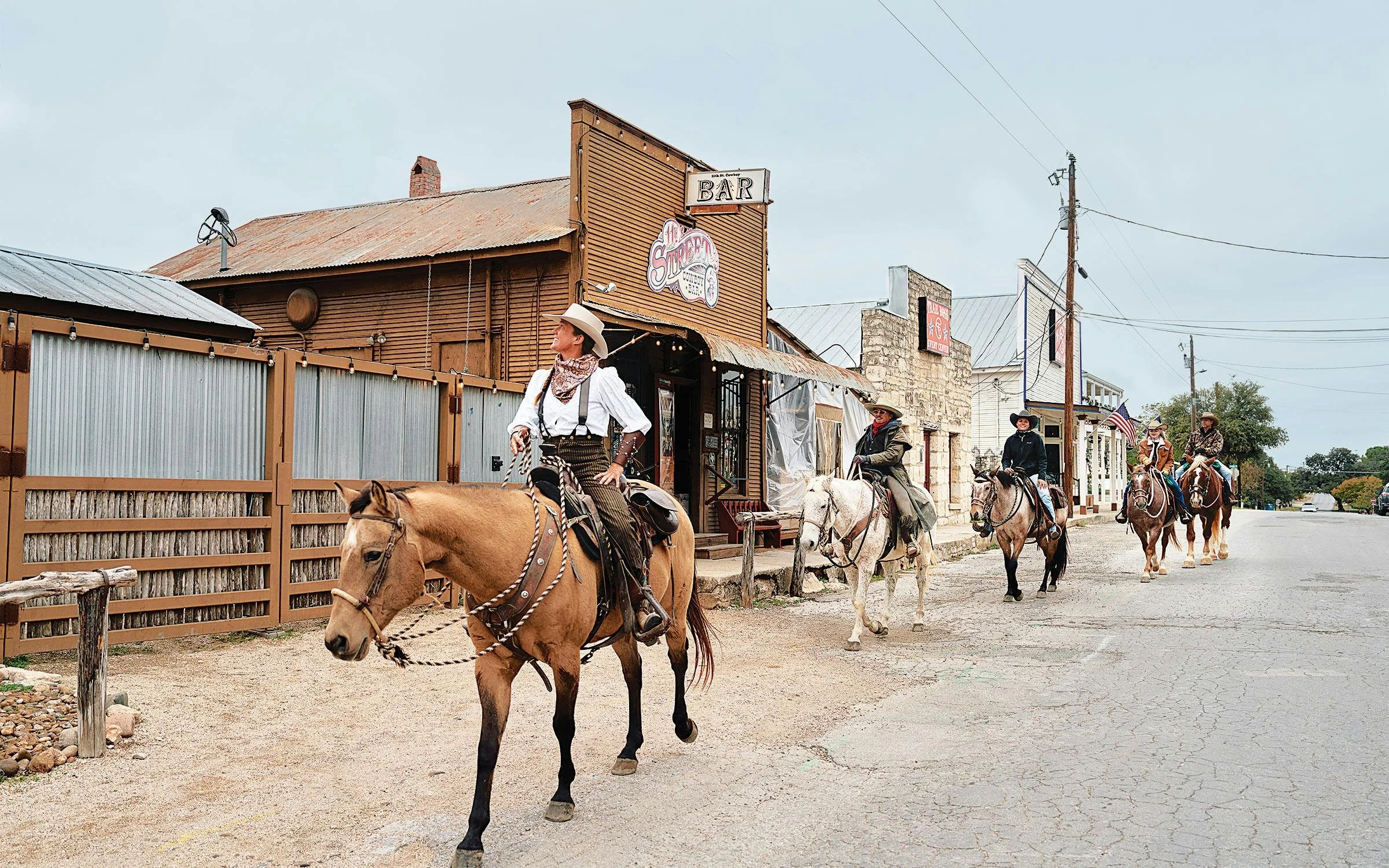The Federal Government’s Congestion Mitigation Money Almost Paid for a Parking Garage
Conshohocken Station, near Philadelphia. (Source: Wikimedia Commons/TastyPoutine.)
Like countless transit agencies nationwide, the Southeastern Pennsylvania Transportation Authority (SEPTA) has attributed its operational challenges to the failure to restore ridership decimated by the COVID-19 pandemic. Ridership along the Regional Rail lines—which connect Philadelphia’s core to peripheral suburbs and cities as far as Trenton, New Jersey—is, according to SEPTA, “hurting the most.”
Part of the agency’s plan to “make the Regional Rail system more useful to more riders” involved applying $10 million in federal dollars available through the Congestion Mitigation and Air Quality program (CMAQ) toward building a parking garage. However, on April 27, 2023, as SEPTA’s board was scheduled to vote on $25 million in contracts to begin construction on the garage, the item was tabled in what activists and locals are calling “a transit win.”
Constructing the parking facility was projected to cost SEPTA nearly $50 million in total and would quadruple the number of available parking at its Conshohocken Station, located approximately 15 miles outside of Philadelphia’s center. The station’s current 118 parking spots, not counting available street parking, would balloon to 528 and each additional spot was projected to cost $117,878.
For Daniel Trubman, who spoke out against the project at the board meeting, it was disappointing to see money and energy seemingly in service of improving transit be appropriated for car infrastructure: “This garage is just another extremely expensive park and ride facility that will generate next to no ridership for a tremendous cost.”
He wasn’t alone. The morning of the vote, the Philadelphia Inquirer vilified the agency’s priorities, urging it to “stop wasting money on projects with little return on investment.” The editorial even cited the “bad math” of the recently disputed King of Prussia line, which would’ve appropriated $3 billion toward a project “that would have fewer riders than some of the agency’s bus routes.”
The Conshohocken project’s fact sheet, however, outlined hope that through a system of “smart signage,” motorists already on the adjacent Interstate 76 would choose Regional Rail to complete their trip. Transit advocates and locals alike were skeptical of this strategy, to say the least. “Does anyone seriously think (besides SEPTA and PennDOT) that someone will decide to get off the highway, park in Conshohocken, and take the train into the city?” asked More Than The Curve, a local publication. Trubman posed the same question during the board meeting.
Rather than invent a new passenger, “the very first place to look when trying to restore ridership is where recovery has actually happened,” suggested Connor Descheemaker of Transit Forward Philadelphia. By SEPTA’s own metrics, that recovery has occurred across bus routes and otherwise in weekend ridership, overall.
Another crucial question is: what do transit riders want? When Transit Forward Philadelphia conducted a comprehensive bus survey in 2021, the organization learned that “the number one concern across all demographics is service reliability." The more frequent the service and the better the connections to other modes of transportation, the higher and more consistent the ridership.
SEPTA’s Regional Rail is, for the most part, archetypal commuter rail, designed with the nine-to-five commuter in mind. Frequency and connections to other services, housing, and retail are limited. For Descheemaker, any attempt to “Reimagine Regional Rail” should involve admitting that “the type of commuter patterns for which the system was conceived are never coming back.”
Additionally, SEPTA hasn’t demonstrated an existing need for added car capacity at Conshohocken Station, nor a correlation between increased parking and increased station use. “In fact, the system’s existing parking spots are so severely under-utilized SEPTA is literally giving away parking, with no plans of reinstituting parking fees anytime soon,” Trubman stated during the meeting.
Ultimately, while advocates like Trubman and Descheemaker are relieved that millions of dollars won't fund car infrastructure, the latter concedes that the "zero sum” paradigm that defines these investments makes these wins somewhat unsatisfying. Earlier iterations of this project foresaw not only an enhanced Conshohocken parking facility, but upgrades to Regional Rail cars. Somewhere down the line, those upgrades took a backseat to the parking garage until they virtually disappeared from press releases.
After the latest meeting, Conshohocken won’t expand its parking footprint, but its Regional Rail devotees also won’t see other, more urgent and relevant improvements to their preferred (or only) way of getting around.





How a passionate group of locals cracked Nanaimo’s stubborn parking rules—and unlocked new possibilities for housing and community.